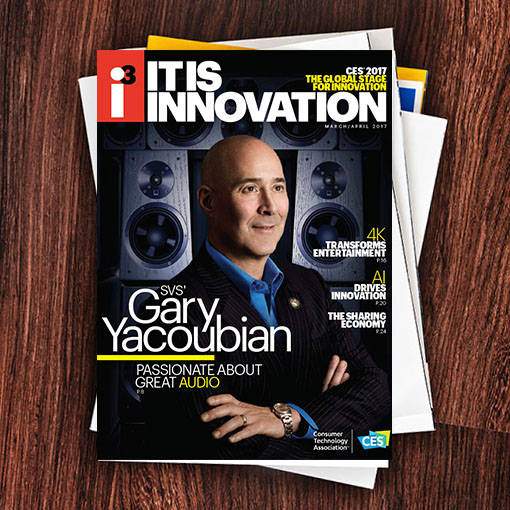Does your product support IPv6, the latest address scheme for the internet? The original internet address space, defined in the older IPv4 protocol, could only accommodate 4.3 billion devices, and these IPv4 addresses are all allocated. The Internet Engineering Task Force saw this limitation early and created IPv6 more than 21 years ago. However, the transition from IPv4 to IPv6 is slow.
IPv6 has more than enough capacity for the future of the internet, but for now, Internet Service Providers must connect consumers’ IPv4 devices by using elaborate “transition technologies.” These more convoluted approaches of dealing with older technology challenge the performance and reliability of IPv4-only devices. The good news is the tide has turned on IPv6 adoption. Smartphones, tablets and laptops are all IPv6/dual-stack enabled, and they make up three of the top four highest volume products sold in the U.S. According to CTA’s analysis, about 88 percent of units shipped in the top 10 consumer device categories are IPv6-enabled.
“Are you building strong security into your products?” The Mirai botnet attack from last year highlighted the need to follow well-known best practices to secure connected devices. And if doing the right thing for the collective well-being of the internet is not enough, the Federal Trade Commission (FTC) will provide motivation in its role of protecting consumers’ privacy. The FTC has filed several complaints against technology companies related to security issues that put consumers’ privacy at risk.
CTA recognizes good security design is challenging especially for smaller companies without dedicated security experts. We are working on projects to help the industry, including publication of CTA-TR-12, Securing Connected Devices for Consumers in the Home, which provides guidance to product designers and managers on how to enhance cybersecurity; developing guidance for product installers to get the best security out of existing devices; and helping develop and launch the Building Security In Maturity Model (BSIMM) online assessment tool, that lets companies gauge how well they’re addressing security in their internal processes and end products.
CTA continues to work with industry and government agencies to improve IoT device security. We are looking at how to drive better awareness and adoption of existing security best practices, evaluate the role that industry-led certifi cation can play and even create public service announcements to remind consumers that they need strong passwords, even for their simplest IoT devices.

i3, the flagship magazine from the Consumer Technology Association (CTA)®, focuses on innovation in technology, policy and business as well as the entrepreneurs, industry leaders and startups that grow the consumer technology industry. Subscriptions to i3 are available free to qualified participants in the consumer electronics industry.